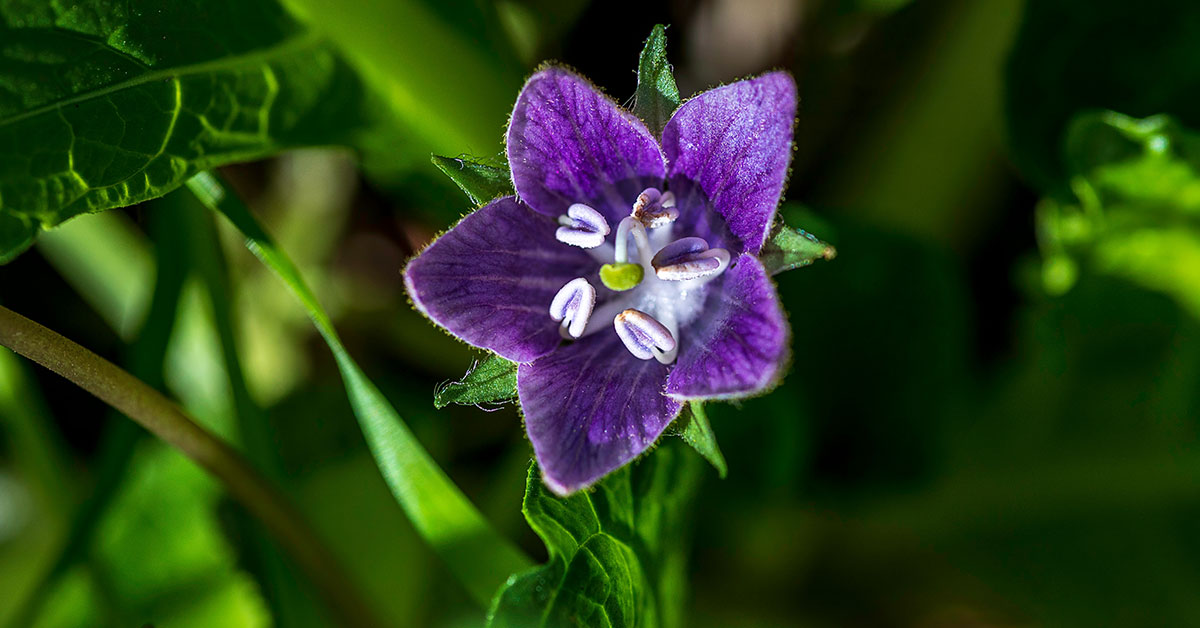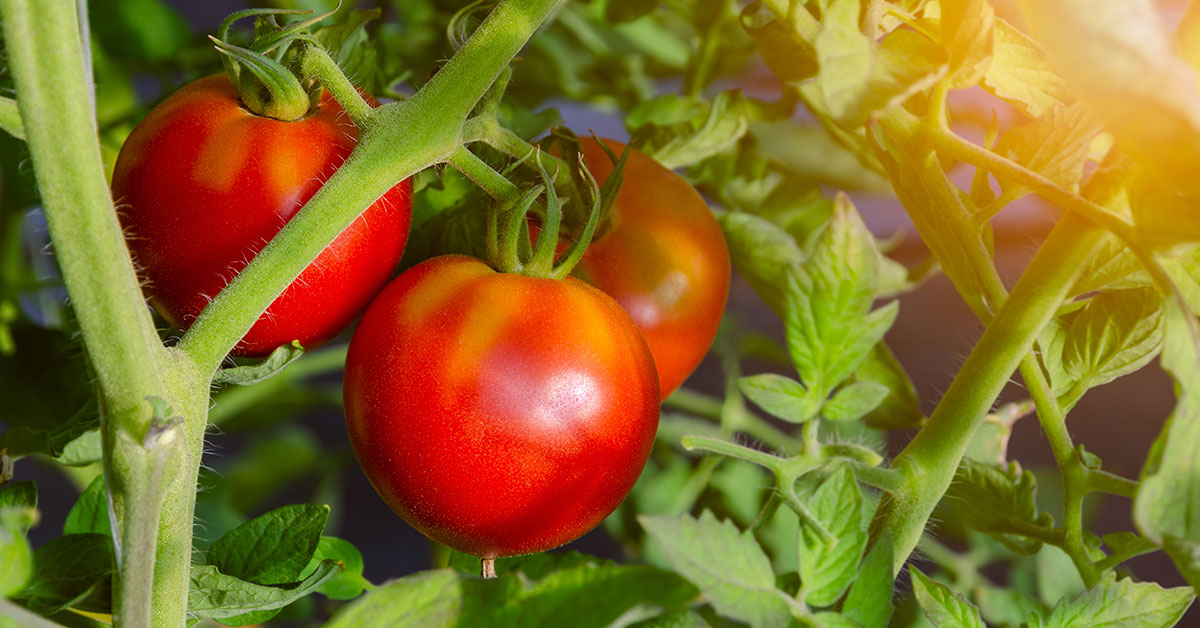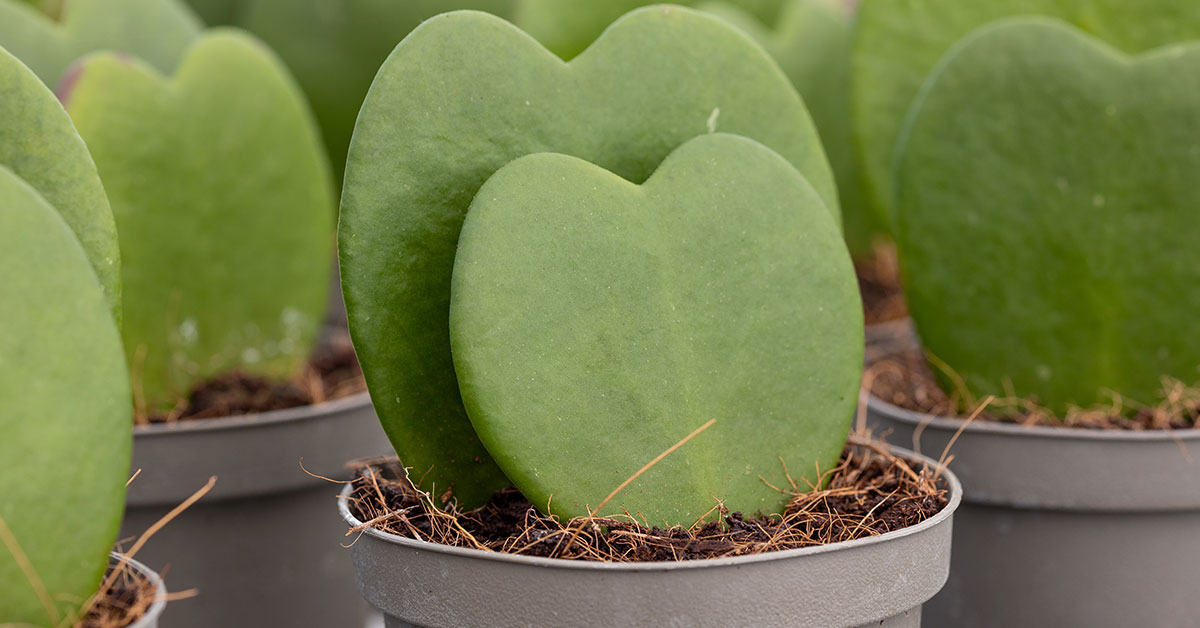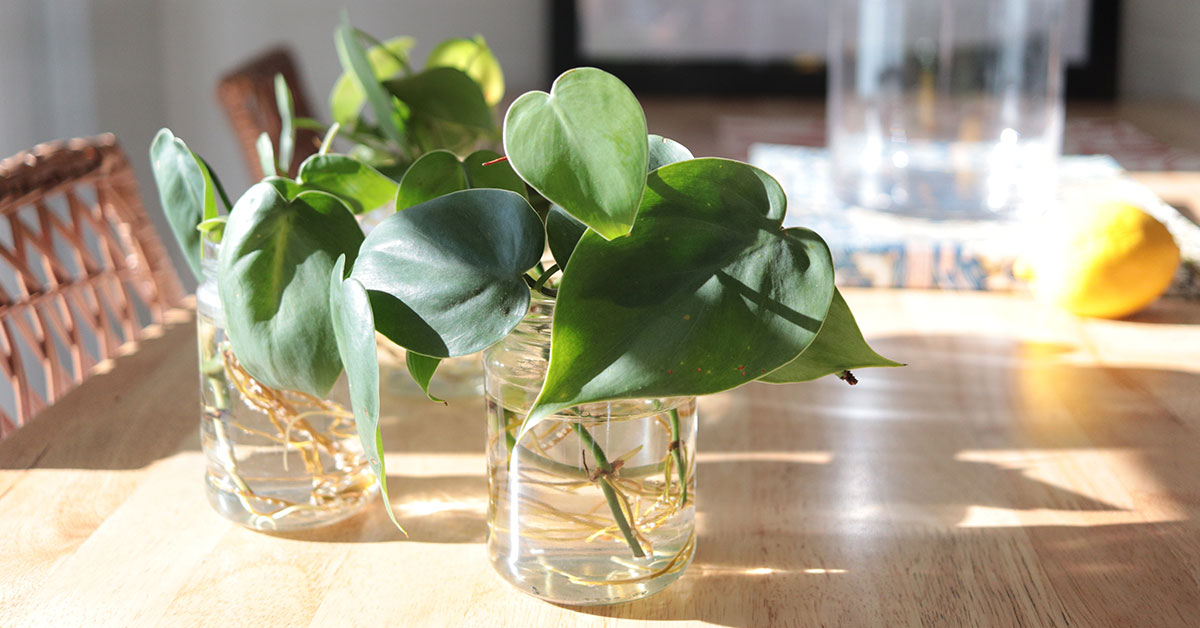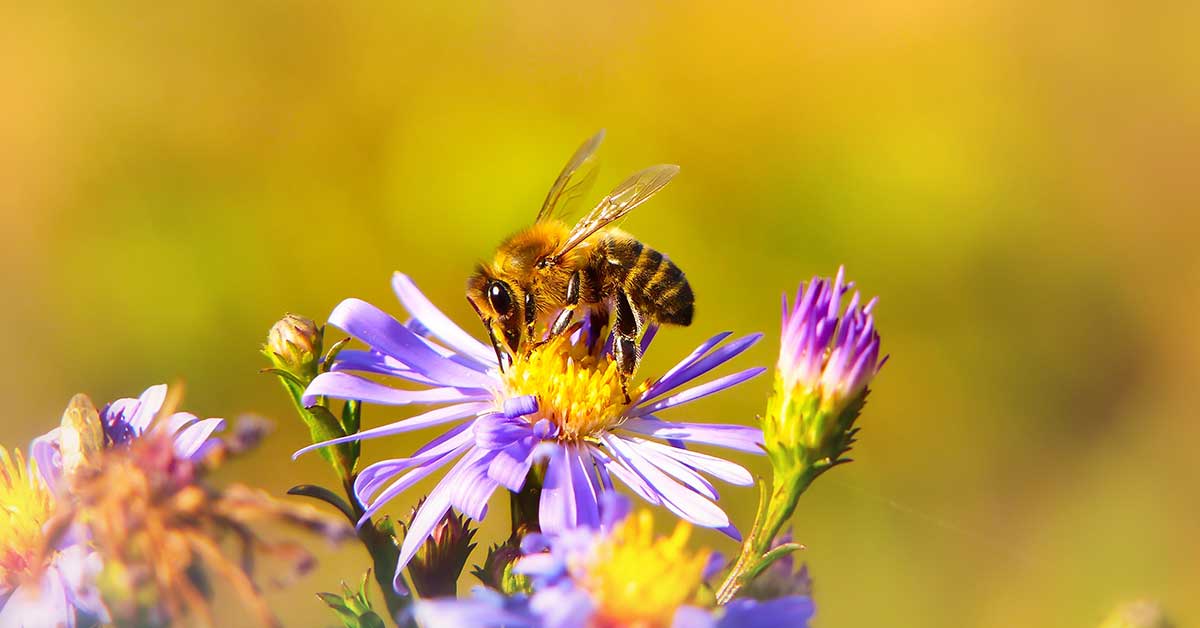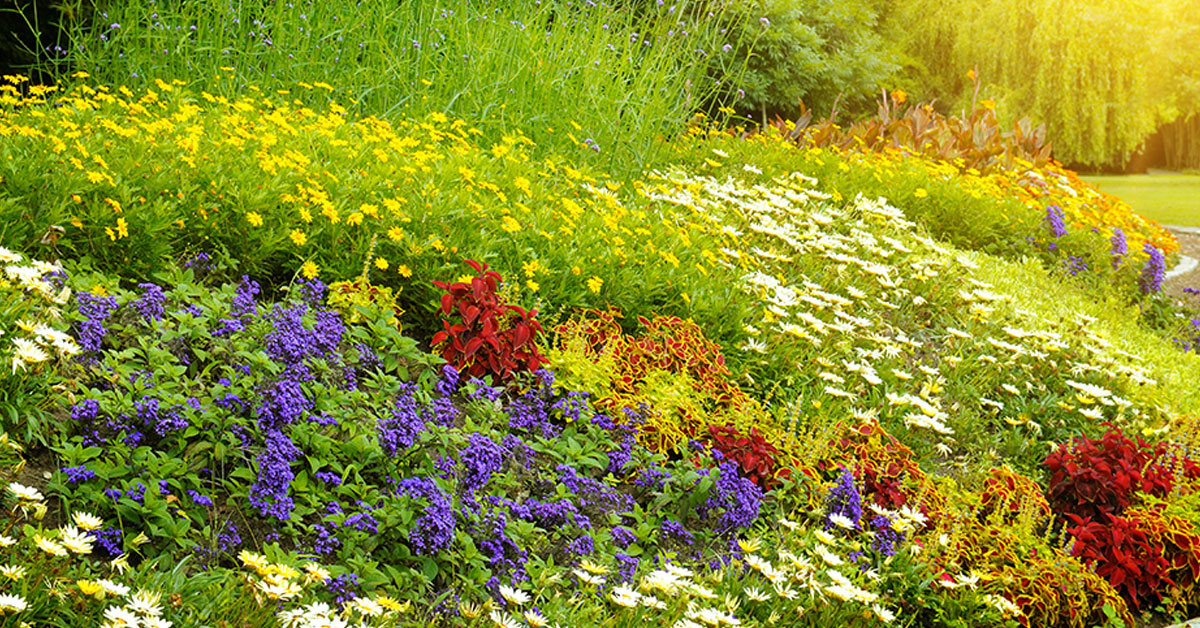Deeply steeped in mythology, folklore, and the annals of herbal history, the mandrake (Mandragora officinarum) stands as an enigmatic and revered plant. Known for its peculiar root formation and associations with magic and healing, the mandrake has intrigued and captivated humanity for centuries. If you’re drawn to the allure of this ancient herb and are eager to embark on the journey of cultivating mandrake in your own garden, then this comprehensive guide is tailored to unravel its secrets.
In this article, we will delve into the art of growing mandrake, exploring the intricacies of its cultivation, folklore, and potential therapeutic applications. We will navigate the essential steps and considerations necessary to create an optimal environment for the successful growth of this unique and fascinating herb.
What is Mandrake?
Belonging to the nightshade family, this perennial herbaceous plant is native to the Mediterranean region and has a long and rich history in folklore, mythology, and herbal medicine.
The Mandrake plant typically grows up to two feet in height and possesses dark green leaves that form a rosette at its base. It produces beautiful, bell-shaped flowers that range in color from white to purple. However, it is the root of the Mandrake that holds the most intrigue and has earned it a prominent place in history.
The root of the Mandrake is characterized by its bizarre and human-like appearance, often resembling a miniature human figure. This unique root structure has contributed to its association with various legends and superstitions throughout the ages. In fact, the Mandrake has been featured in numerous works of literature, including William Shakespeare’s play, “Romeo and Juliet,” and J.K. Rowling’s “Harry Potter” series.
Beyond its mythical reputation, the Mandrake has been highly regarded for its medicinal properties. Throughout history, it has been used in traditional herbal medicine to treat a wide range of ailments. The root contains alkaloids and other compounds that possess sedative, analgesic, and antispasmodic properties. However, it is important to note that Mandrake’s roots are toxic and can cause hallucinations, delirium, and even death if ingested in large quantities.
Where is Mandrake native?
Mandrake is primarily native to the Mediterranean region, including countries such as Greece, Italy, and Spain. Its presence can also be found in parts of southern and eastern Europe, including Turkey and the Balkan Peninsula. This plant is known for its preference for well-drained, sandy soils and its ability to thrive in the Mediterranean climate.
Although not native to the United States, Mandrake can be found in certain regions of the country. Introduced by European settlers, this plant has established itself in specific areas with suitable conditions. Here are some states where Mandrake can be found:
- Pennsylvania:
Pennsylvania is one of the states where Mandrake has been found growing in the wild. The plant prefers forested areas with rich, loamy soil. It is essential to note that the collection or removal of Mandrake from the wild is illegal in many states due to its protected status. - Ohio:
Mandrake can also be found in parts of Ohio, particularly in wooded areas with well-drained soil. In some cases, it may occur naturally, while in others, it may have been introduced by settlers or through ornamental plantings. - West Virginia:
Certain regions of West Virginia have reported sightings of Mandrake. The plant’s presence in this state is attributed to its introduction by European settlers. It tends to favor woodland habitats with moist, fertile soil. - Indiana:
Mandrake has been documented in certain areas of Indiana. However, its presence in the wild is relatively limited, and it may be more commonly cultivated as an ornamental plant in gardens.
How to start from seed
Known for its unique appearance and folklore, it has been revered for centuries for its medicinal properties and magical associations. If you’re interested in growing this enchanting plant, starting from seed is a great way to begin your Mandrake journey. This section will guide you through the process of starting from seed, ensuring a successful and rewarding experience.
- Gathering Seeds:
Before starting Mandrake from seed, it’s crucial to obtain high-quality seeds from a reliable source. Mandrake seeds can be challenging to find, but they can be purchased from specialized nurseries or ordered online. Make sure to choose fresh, viable seeds to increase your chances of successful germination. - Preparing the Soil:
Mandrake plants thrive in well-draining soil with a slightly acidic pH level. Furthermore, prepare a seed-starting tray or small pots with a mixture of equal parts potting soil, sand, and perlite. This will provide the perfect growing conditions for your Mandrake seeds. - Scarification:
Mandrake seeds have a hard outer coat that can inhibit germination. To enhance the chances of successful germination, it is recommended to scarify the seeds. Additionally, gently scrape the outer surface of each seed with fine-grade sandpaper or nick them with a sharp knife. This process helps to break the seed coat and allows moisture to penetrate, promoting faster germination. - Planting the Seeds:
Fill the seed-starting tray or pots with the prepared soil mix, ensuring it is evenly moist but not waterlogged. Plant the scarified seeds about 1/2 inch deep in the soil, spacing them a few inches apart. Furthermore, cover the seeds lightly with the soil and gently press down to ensure good seed-to-soil contact. - Providing Optimal Conditions:
Mandrake seeds require specific environmental conditions to germinate successfully. Place the seed tray or pots in a warm location with consistent temperatures between 65-75°F (18-24°C). Additionally, to maintain moisture, cover the tray or pots with a plastic dome or clear plastic wrap. This creates a mini greenhouse effect, helping to retain humidity and promote germination. - Patience and Care:
Germination of Mandrake seeds can be a slow process, often taking several weeks or even months. It’s important to be patient and avoid disturbing the seeds during this time. Check the soil moisture regularly and mist it with water if it appears to be drying out. Be cautious not to overwater, as excessive moisture can lead to rotting. - Transplanting Seedlings:
Once the Mandrake seedlings have developed a few sets of true leaves and are sturdy enough to handle, they can be transplanted into individual pots. Use a well-draining potting mix and provide ample sunlight or artificial light to support their growth.
How to grow Mandrake in your garden
If you’re looking to add a touch of enchantment to your garden, growing Mandrake can be an exciting endeavor.
- Ideal Growing Conditions:
Mandrake thrives in specific environmental conditions. It prefers a partially shaded location with a few hours of direct sunlight each day. The soil should be loose, well-draining, and rich in organic matter. Furthermore, maintaining a slightly acidic to neutral pH level (around 6.0 to 7.0) is essential for optimal growth. - Watering and Fertilizing:
Mandrake plants require regular watering, especially during the hot summer months. However, it is crucial not to overwater the plant, as excessive moisture can lead to root rot. Allow the top inch of soil to dry out between waterings. As for fertilization, a balanced organic fertilizer applied once a month during the growing season can provide the necessary nutrients for healthy plant development. - Maintenance and Protection:
Mandrake plants have a deep taproot, making them sensitive to disturbances. It is important to avoid excessive digging or root disturbance once the plant is established. Mulching around the base of the plant can help conserve moisture and suppress weed growth. Additionally, protecting the plant from strong winds and frost is crucial to prevent damage. - Harvesting:
The roots of Mandrake are the most sought-after part and are typically harvested in the plant’s second or third year. Carefully dig around the base of the plant to unearth the roots, taking care not to damage them. Once harvested, clean the roots thoroughly and allow them to dry in a cool, dark, and well-ventilated area. It’s important to note that Mandrake is a potent plant, and its usage should be done with caution and in accordance with local regulations.
Interesting facts
Mandrake, scientifically known as Mandragora officinarum, is a fascinating plant with a long history of myth and folklore. From its unique appearance to its use in ancient rituals and medicines, Mandrake has captured the curiosity of many. Additionally, we will explore some interesting facts about Mandrake and delve into the secrets that surround this mysterious plant.
- Myth and folklore:
Mandrake has been the subject of numerous myths and legends throughout history. In ancient times, the root of the Mandrake plant was believed to have magical properties. It was often associated with fertility, love potions, and protection against evil spirits. According to folklore, the Mandrake root would scream when pulled from the ground, causing anyone who heard it to go mad or even die. These stories have contributed to the air of mystery surrounding this plant. - Unique appearance:
Mandrake has a distinct appearance that adds to its allure. The plant typically has a short stem with large, dark green leaves and white or purple flowers. However, it is the shape of its root that makes Mandrake truly remarkable. The root often resembles a human figure, with limbs that branch out and give it a humanoid appearance. This resemblance has further fueled the belief in the plant’s magical properties. - Historical uses:
Throughout history, Mandrake has been used for various purposes, both medicinal and ritualistic. Its roots were believed to have powerful hallucinogenic properties and were often used in ancient rituals and ceremonies. Additionally, Mandrake was used as a sedative and pain reliever in traditional medicine. However, it is important to note that the plant contains potent alkaloids and should be used with caution, as improper usage can be toxic. - Cultural significance:
Mandrake has played a significant role in various cultures around the world. In ancient Greece, it was associated with the goddess Circe and was believed to possess magical powers. In Jewish folklore, Mandrake was considered an aphrodisiac and was used to increase fertility. Additionally, the plant has made appearances in popular culture, such as in J.K. Rowling’s Harry Potter series, where Mandrake is used to cure petrification. - Conservation efforts:
Due to its historical significance and unique characteristics, Mandrake is now considered a threatened species. The overharvesting of the plant, combined with habitat loss, has led to a decline in its population. Additionally, several organizations and botanic gardens are now working towards conserving and protecting Mandrake, ensuring its survival for future generations.
With its rich history and intriguing properties, continues to captivate the imagination of people worldwide. Its association with magic, its unique appearance, and its historical uses make it an intriguing subject of study. Furthermore, as we strive to preserve this ancient plant, it is essential to appreciate and respect its cultural significance and ecological importance.
